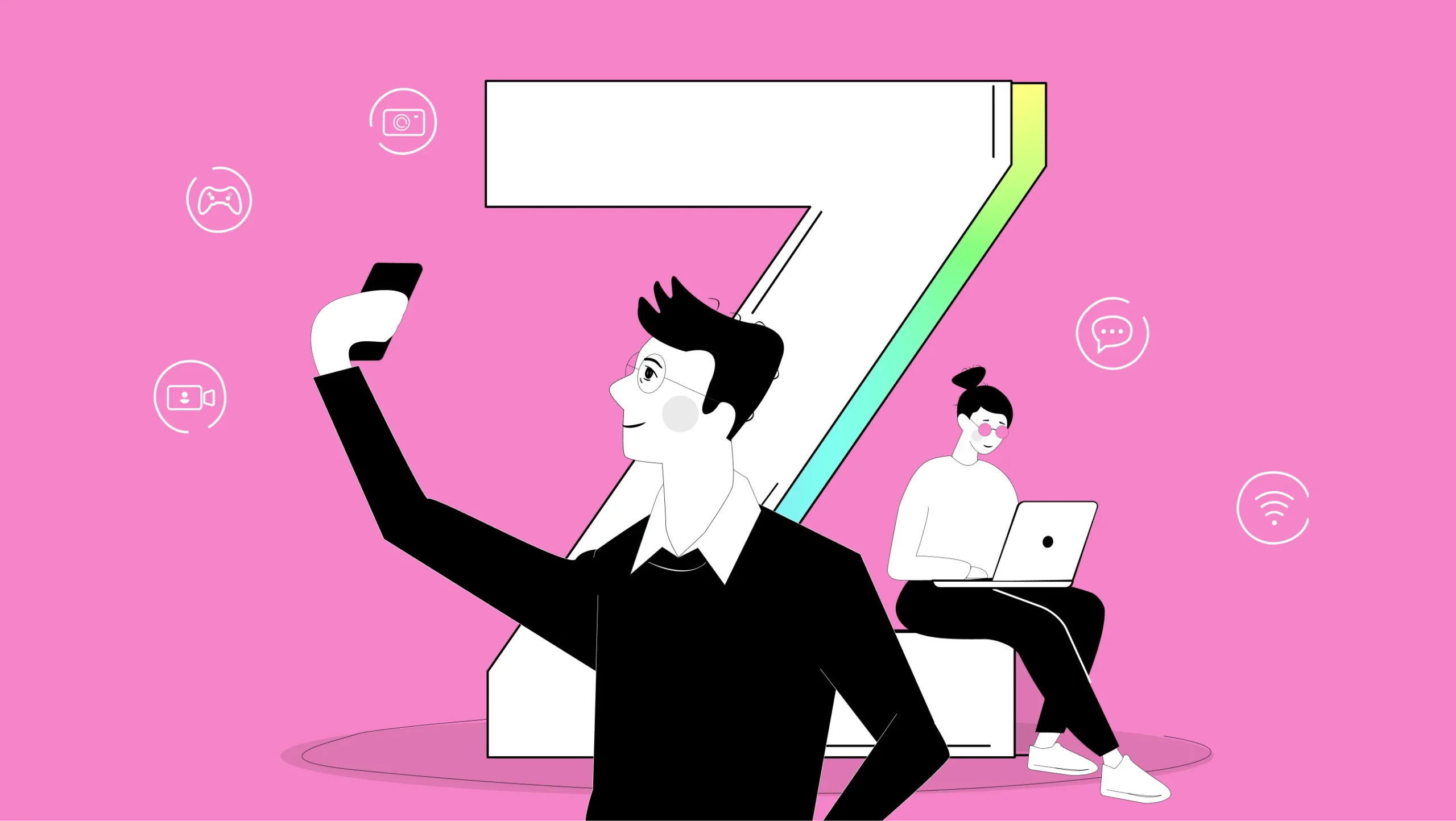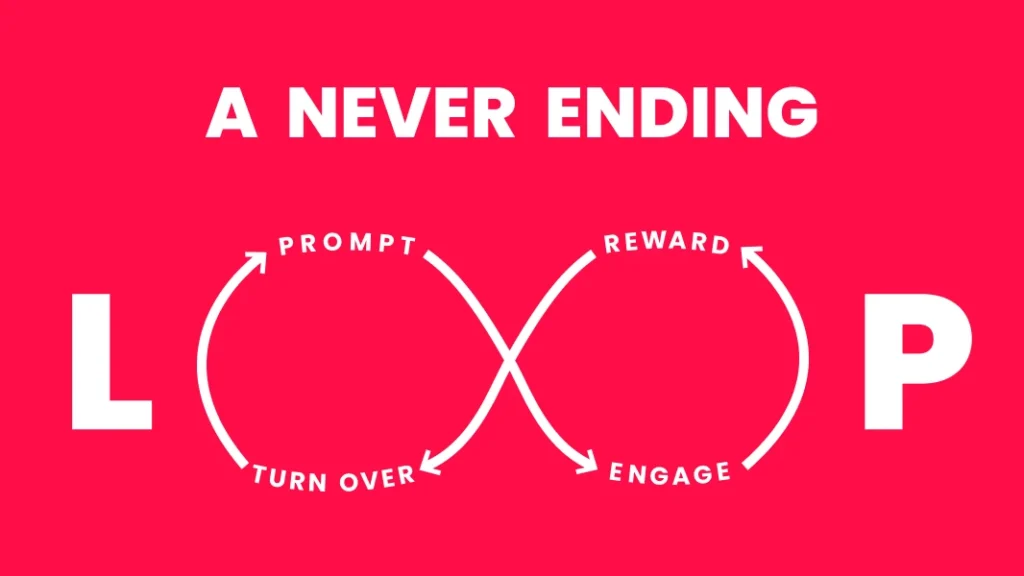
Gen Z has grown up with technology, the internet, and social media, thus they are commonly stereotyped as tech addicts, anti-social, or social justice warriors.
This generation in their 20s feels they’re too old and have not achieved enough. The hustle culture comes from the pressure to achieve success quickly in this fast-paced nature of the digital age. One of the reasons is that, with several devices, this generation is accustomed to multitasking and rapidly switching between activities. Furthermore, Gen Z grew up with access to any information they require. Because of this ease of availability, Gen Z has developed shorter attention spans.
The pandemic denied them access to important milestones of their lives. This altered state, post covid and the opportunity to reflect on their mortality during lockdown is expected to unlock a more hedonistic and carefree way of life.
Gen Z is known for its individualism and they expect designs to cater to its need for uniqueness and individuality. As a result, the designs that appealed to the Millennials are now outdated. Gen Z has different expectations from digital product experiences. And since they are currently the target market for brands, it is crucial to develop brand messages, visuals, and online experiences that engage them and cater to their needs.
Here we have discussed how designers can stay ahead of the competition while designing for Gen Z.
Gen Z is more accepting of people irrespective of their gender, race, or color. This is one of the factors brands are using to lure Gen Z and Millennials. Younger consumers expect brands to stand for something, not just sell products. In fact, 69% of Gen Z say they are more likely to buy from a company that supports social causes.
91% of consumers are more likely to shop with brands that provide relevant offers and recommendations. As personalization becomes a non-negotiable for Gen Z, brands are increasingly reimagining activities that were typically done in a physical space, such as digital experiences.
Generation Z prefers video and image-sharing apps, online messengers, and social networking services mainly for likes, comments, shares, and followers which encourages them to create more content to receive social validation.
Users of Gen Z are eager to share information in exchange for a more personalized experience. For instance, if it results in a better experience by seamlessly connecting to their friends and interests, users will have no trouble logging in to a new app using their Instagram or Twitter credentials.
The concern that Generation Z has for the environment and the future presents a tremendous potential for sustainable corporate growth.
“Did you know? 73% of Genz consumers are willing to pay 10% more for sustainable products.”
Social commerce is expected to account for 4.3% of all retail e-commerce sales in the US in 2021. Social commerce is an e-commerce trend that is here to stay, and it will be very powerful in the future.
Compared to older age groups, Genz shoppers are less likely to trust companies. Instead, they choose to follow influencers on Instagram and YouTube, who have a high following and reach and decide if the product is worth buying or not.
Gen Z embraces mobile payments like mobile apps and mobile wallets. Over the past years, mobile apps have been increasing in popularity, and have given great results.
They frequently conduct research and analyze choices before making a purchase decision since they tend to be “educated/informed consumers.”
They frequently have far less loyalty to particular companies and instead seek to compare prices to get the best deals.
They prioritize company ethics and brand integrity even more than Millennials do.
Out of all the generations, they’re the most likely to shop via social media as they are open to exploration.
Gen Z consumers have high standards for both customer service and product quality.

TikTok uses FOMO to keep users engaged & provides a steady stream of new and trending content that they might not want to miss out on
Rewards in this case are the number of likes/comments one receives. The users mostly go back to the app to check to see how it’s performing & end up scrolling for hours.
The interface is easy to use. Simple features like a scrollable feed, easy to edit videos tool – Encourage users to experiment and create videos themselves.
Features such as likes, comments, shares, and followers encourage users to create more content to receive social validation.
Based on a user’s profile, browsing history on the app, etc, the app’s algorithm curates content through machine learning to personalize the feed which helps increase engagement.
Gen Z consumers will hold the largest share of the consumer market within the next few years. Given how different this generation is from the Millenials, we, at The Minimalist, believe that in order to keep Gen Z engaged, we need to be more inventive, explorative, and creative with our designs.
For organizations to stay ahead of the competition, having a creative and out-of-the-box solutions approach will certainly appeal to Gen Z.
Here are some similar recommendations that could pique your interest.